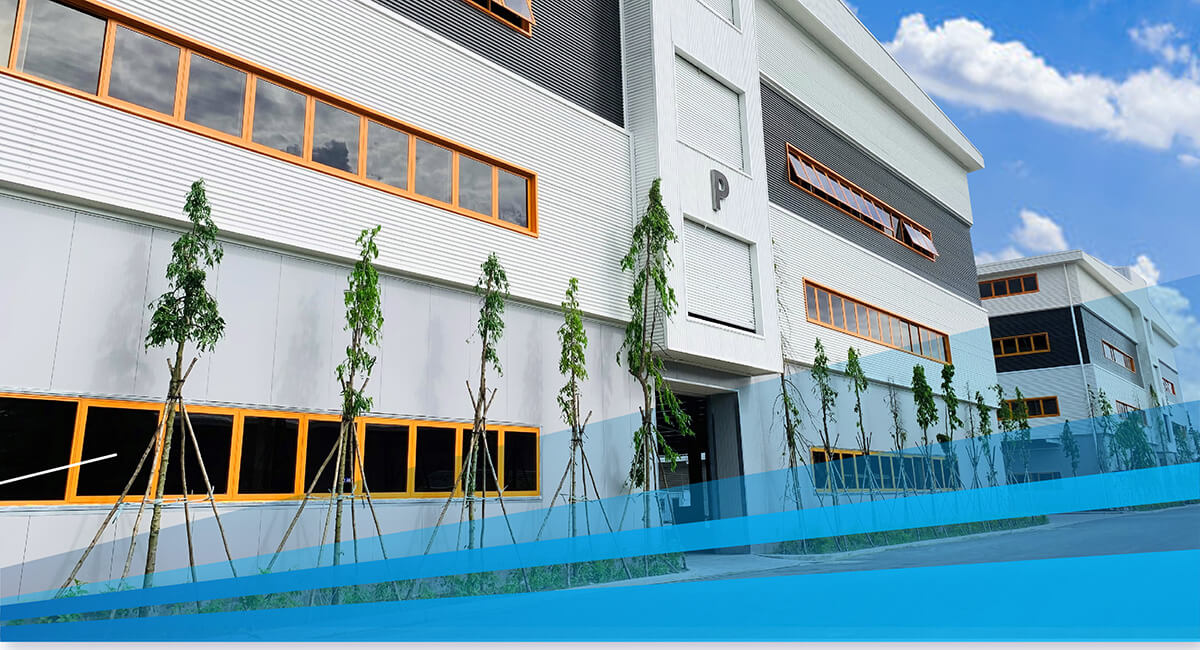

We all have bad habits – whether it’s interrupting our boss or forgetting to turn off our computer at the end of the day. Our minor faults can cause friction in the workplace, yet when bad habits extend into health and safety, the consequences can become very serious indeed.
So, establishing a strong safety culture, one which guides day-to-day behaviours, lies at the heart of reducing the number of deaths and injuries in workplaces. A popular intervention to establish that culture is a behavioural safety programme (BSP).

BSPs need to have firm foundations if they are to succeed. A solid process for reporting hazards, recording and investigating incidents, and analysing data maximises learning opportunities. Technology provides one of the keys to ensuring that employees are engaged by making it easy for them to report hazards and record incidents, by involving them in the creation of practical risk assessments, and by making relevant information available based on context, skills and experience.


As developments in health and safety management software gather pace, businesses are choosing to invest in disruptive mobile apps that link to web-based systems. Example, instead of filling in a form using a pen or going back to a computer to fill in a spreadsheet, workers can use their smartphone or tablet to log a hazard or near-miss straightaway.
No matter where an employee is working, safety teams can get instant information. Such tools can have multilingual functions, meaning that workers can record observations in their first language, reducing the risk of information being lost in translation.
Health and safety software can also help to eliminate the administrative burdens faced by safety managers, freeing up time that can be put to better use learning lessons, benchmarking, identifying trends and taking preventative action. The ease of reporting and managing actions provided by technology means that safety becomes part of “the way we do things” for a company; employee engagement grows, and a robust, sustainable safety culture begins to emerge.

Once incidents have been recorded and hazards have been reported out in the field, that data can then be fed into broader safety management systems. Too often though, complying with legislation is the primary objective of such systems, creating a paper trail that documents how a company has met its obligations.
Instead, technology can be used to make this information more relevant and useful to managers and workers. For example, technology can help the relevant information about specific chemicals to be selected and presented in an easy-to-use fashion, meaning workers can have task-specific risk assessments detailing the steps they need to take to keep themselves and their colleagues safe. Or workers can be sent up-to-date information that’s relevant to their specific location or their task. If employees have reported hazards then they can be kept abreast of investigations and what’s being done to minimise the risk.

Technology can help – making it easy to record safe and unsafe acts or other observations. These data sets make great leading indicators for future safety performance.
The fundamental advantages of innovative technologies in health and safety management are clear, particularly when applied to high-risk, fast-paced industries such as manufacturing. Companies embracing this opportunity ensure that they are compliant, that costs are controlled, and most importantly, that workers are kept safe.
Author: MATTHEW ELSON
According to www.manufacturingglobal.com









Comment